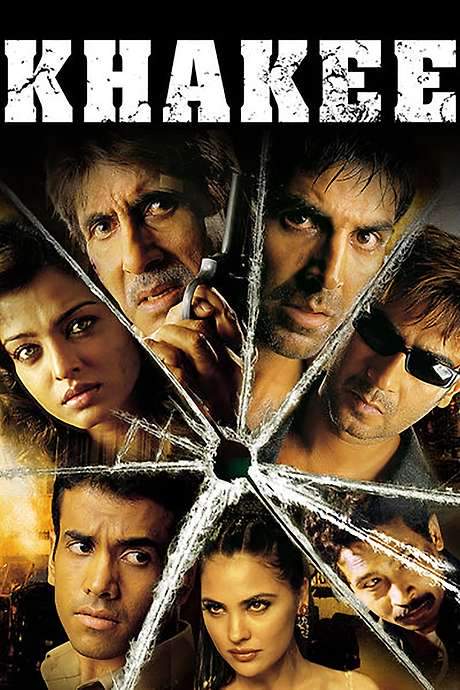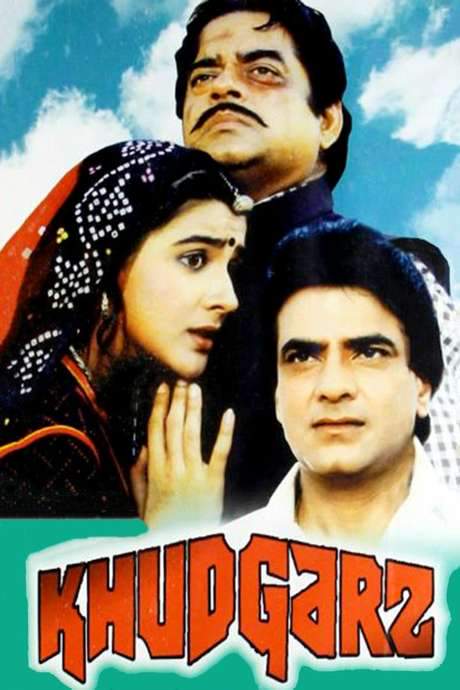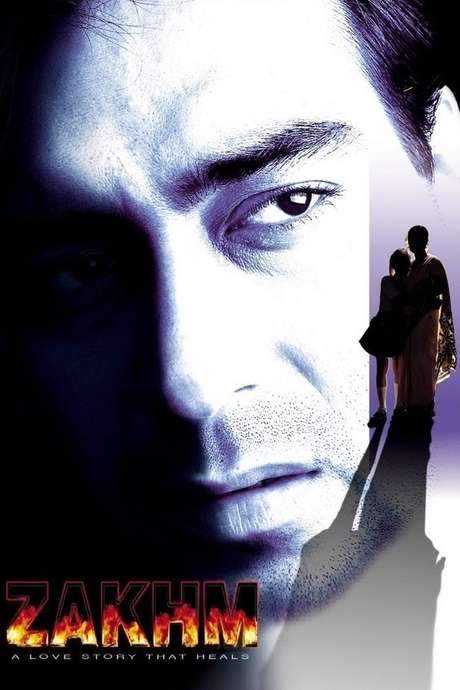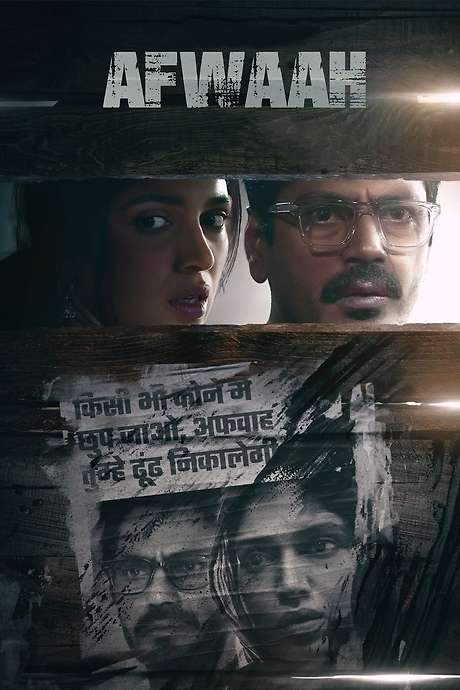
Khuda Kay Liye
Year: 2007
Runtime: 168 mins
Language: Urdu
Director: Shoaib Mansoor
The story examines the turmoil faced by Pakistanis and Muslims worldwide after 9/11, depicting the clash between fundamentalist and liberal believers. Modern, Western‑educated Muslims struggle with criticism from hard‑liners while the West views them with suspicion, often labeling them as potential terrorists because of their faith or names.
Warning: spoilers below!
Haven’t seen Khuda Kay Liye yet? This summary contains major spoilers. Bookmark the page, watch the movie, and come back for the full breakdown. If you're ready, scroll on and relive the story!
Khuda Kay Liye (2007) – Full Plot Summary & Ending Explained
Read the complete plot breakdown of Khuda Kay Liye (2007), including all key story events, major twists, and the ending explained in detail. Discover what really happened—and what it all means.
Mansoor and Sarmad are two successful singers from Lahore, whose shared love of music forms the heart of their early life before faith, family, and circumstance push them onto separate paths.
Sarmad’s path begins to twist under the influence of Maulana Tahiri, an activist who advocates a more conservative approach to Islam. Under his guidance, Sarmad gradually distances himself from music, ultimately deeming it haram and stepping away from the career that once defined him.
In London, Maryam—a Westernised British Pakistani young woman—falls in love with Dave from the British community. This relationship stirs tension with her father, who himself lives in a live-in arrangement with a British woman, highlighting the family’s complicated moral stance and the collision between different cultural expectations.
Maryam’s father plans to bring her to Pakistan to meet the two brothers, Sarmad and Mansoor. During the visit, he deceives her and takes her across the border into Afghanistan, disguising the trip as attendance at a relative’s wedding. In Afghanistan, she is forcibly married to her cousin Sarmad and left in their household, a life that soon grows even more perilous.
When Mary attempts to escape, she is caught by Sarmad. Following the Maulana’s guidance, he rapes her as a coercive instrument to prevent further escape attempts. The act results in Mary becoming pregnant with Sarmad’s child, a circumstance that further traps her in the marriage.
Meanwhile, Mansoor pursues music in a new setting, enrolling in a music school in Chicago where he meets Janie, a fellow student. They fall in love, and Janie supports him by giving up alcohol for the relationship. The couple eventually marries, choosing a life built around their shared passion for music. But the world outside their union turns violent and unforgiving: shortly after the events of 9/11, Mansoor is apprehended by the FBI because of his Islamic background and is detained and tortured for a year in Guantanamo Bay.
Back in the ensuing turmoil, Sarmad’s father works to safeguard Mary under the protection of the British government. Mary, driven by the desire for justice, brings her father and husband to court in Pakistan. Maulana Wali steps into the courtroom to address the case, speaking honestly about how Islam can be misused in the name of war and hatred and offering a vision of the faith that is peaceful and humane. His testimony helps reveal the harm caused by the militant framing of religion, and the court is moved by the gravity of the situation.
The courtroom confrontation leaves Sarmad emotionally shaken and morally troubled; he withdraws the case and accepts responsibility for the damage his actions caused in the name of religion. With the case unresolved, Mary is eventually free and returns to the village she once endured, choosing to devote herself to educating young girls there. The trauma surrounding the ordeal persists for Mansoor as well: after a year of torment, he is deported from the United States and reunites with his family in Pakistan, where he begins the slow process of recovery.
This intertwined tale follows courage, faith, and the heavy consequences of zealotry on individuals and families, contrasting personal longing and artistic expression with the heavy hands of extremism and judicial reckoning.
Last Updated: October 09, 2025 at 16:37
Unlock the Full Story of Khuda Kay Liye
Don't stop at just watching — explore Khuda Kay Liye in full detail. From the complete plot summary and scene-by-scene timeline to character breakdowns, thematic analysis, and a deep dive into the ending — every page helps you truly understand what Khuda Kay Liye is all about. Plus, discover what's next after the movie.
Khuda Kay Liye Timeline
Track the full timeline of Khuda Kay Liye with every major event arranged chronologically. Perfect for decoding non-linear storytelling, flashbacks, or parallel narratives with a clear scene-by-scene breakdown.

Characters, Settings & Themes in Khuda Kay Liye
Discover the characters, locations, and core themes that shape Khuda Kay Liye. Get insights into symbolic elements, setting significance, and deeper narrative meaning — ideal for thematic analysis and movie breakdowns.

Similar Movies to Khuda Kay Liye
Discover movies like Khuda Kay Liye that share similar genres, themes, and storytelling elements. Whether you’re drawn to the atmosphere, character arcs, or plot structure, these curated recommendations will help you explore more films you’ll love.
Explore More About Movie Khuda Kay Liye
Khuda Kay Liye (2007) Scene-by-Scene Movie Timeline
Khuda Kay Liye (2007) Movie Characters, Themes & Settings
Khuda Kay Liye (2007) Spoiler-Free Summary & Key Flow
Movies Like Khuda Kay Liye – Similar Titles You’ll Enjoy
Khoobsurat (2014) Film Overview & Timeline
Zakhmi (2020) Film Overview & Timeline
Kabhi Khushi Kabhie Gham (2001) Story Summary & Characters
Kaafir (1000) Story Summary & Characters
Khwahish (2003) Ending Explained & Film Insights
Khakee (2004) Movie Recap & Themes
Dhokha (2007) Full Movie Breakdown
Khud-Daar (1982) Film Overview & Timeline
Khudgarz (1987) Spoiler-Packed Plot Recap
Khel Khel Mein (2021) Detailed Story Recap
Khuda Haafiz Chapter 2: Agni Pariksha (2022) Detailed Story Recap
Khuddar (1994) Movie Recap & Themes
Zakhm (1998) Story Summary & Characters
Khuda Gawah (1992) Plot Summary & Ending Explained
Afwaah (2023) Detailed Story Recap

















